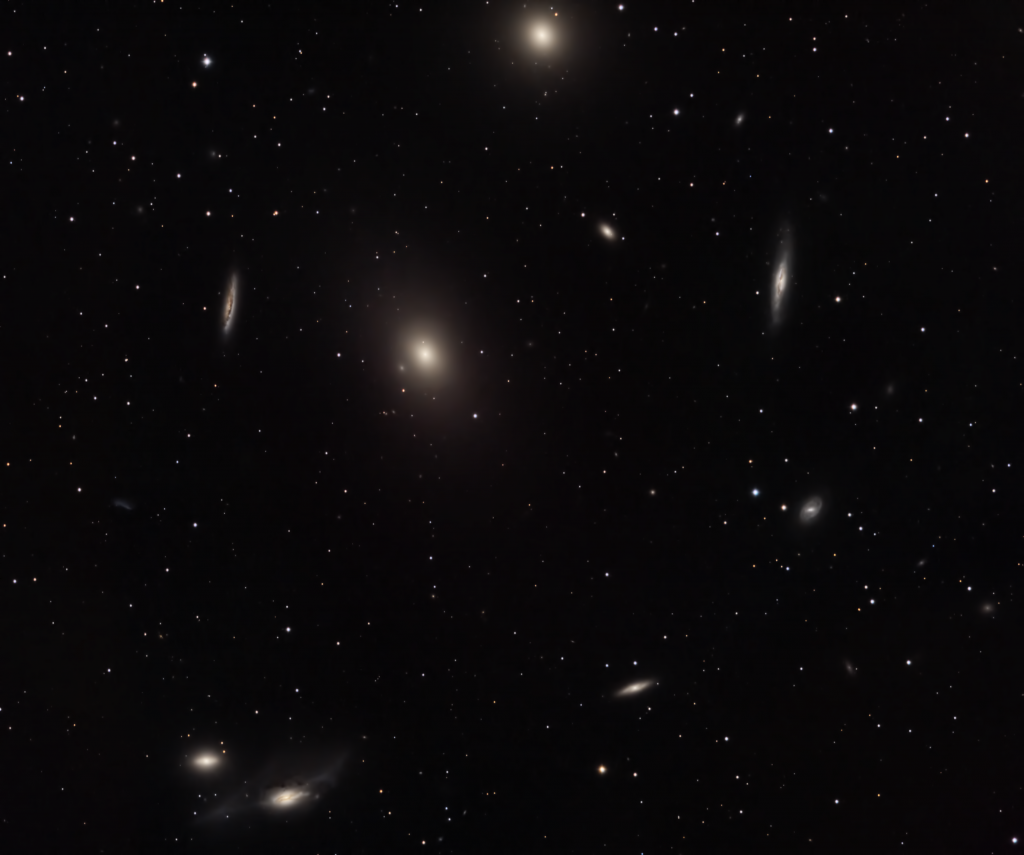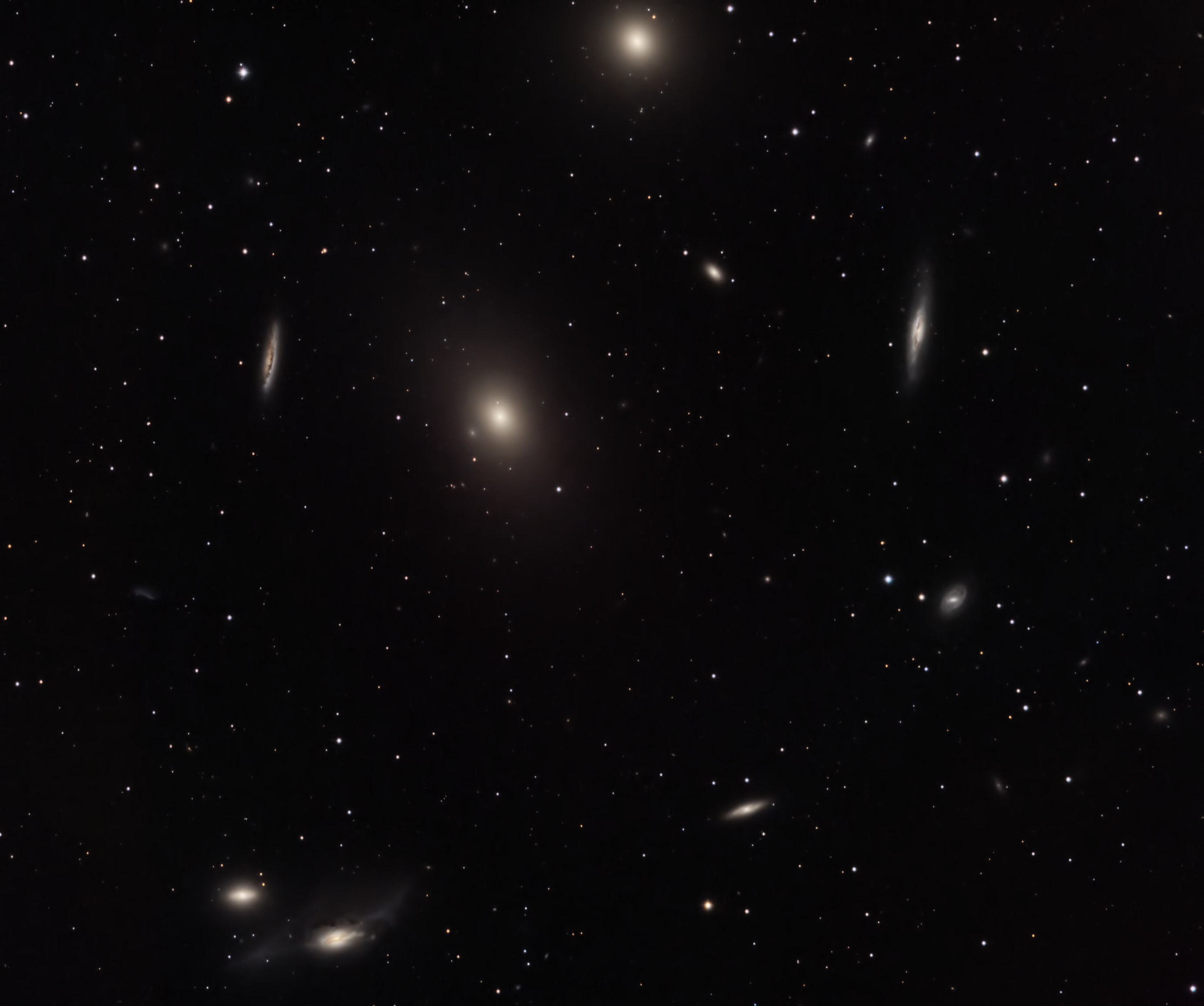
Similar Posts
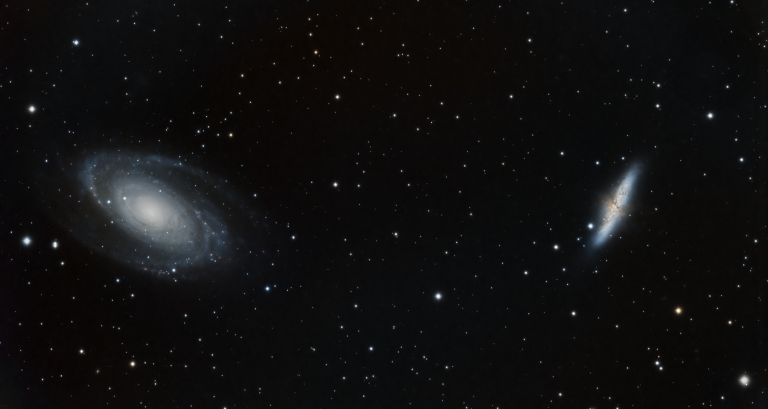
Bode’s Galaxies (M81 & M82)
Johan Bode discovered both Bode’s Galaxy (M81, on the left) and the Cigar Galaxy (M82, on the right.) Look closely and you’ll see many other, more distant galaxies in the background as well.
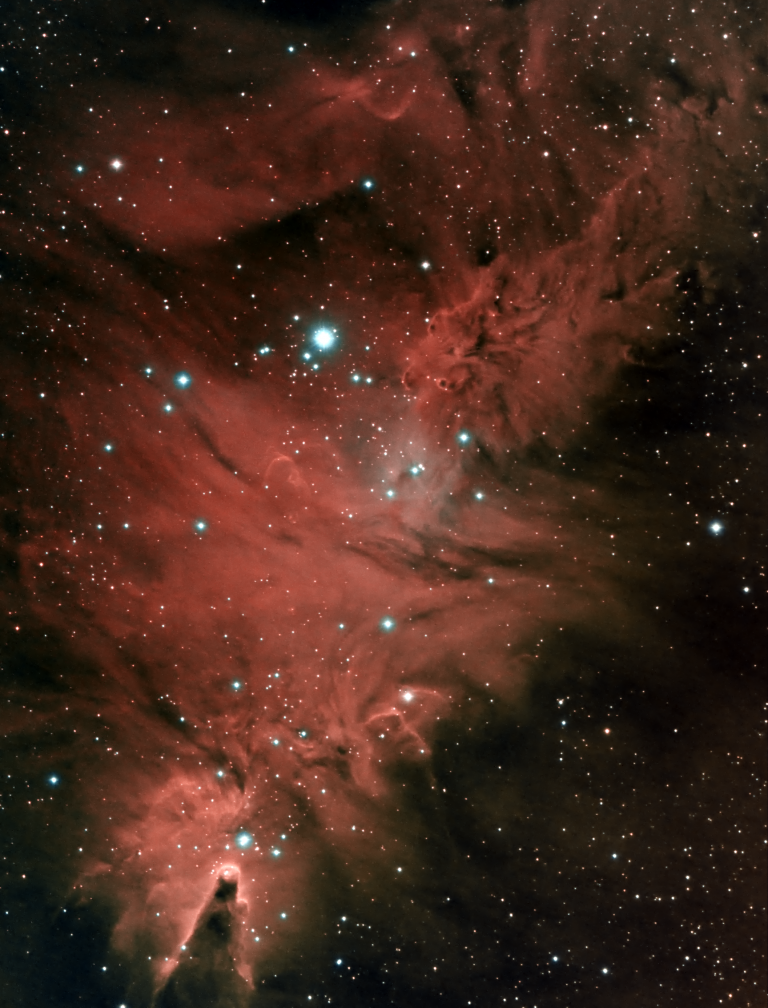
The Fox Fur Nebula (and more!)
I’ve wanted to image the “Fox Fur Nebula” for awhile now – it’s pretty obvious where it is in this image! Within the same field of view is the Cone Nebula (near the bottom.) It’s all an area of gas within the Christmas Tree Cluster, which is an open cluster of stars that kind of…
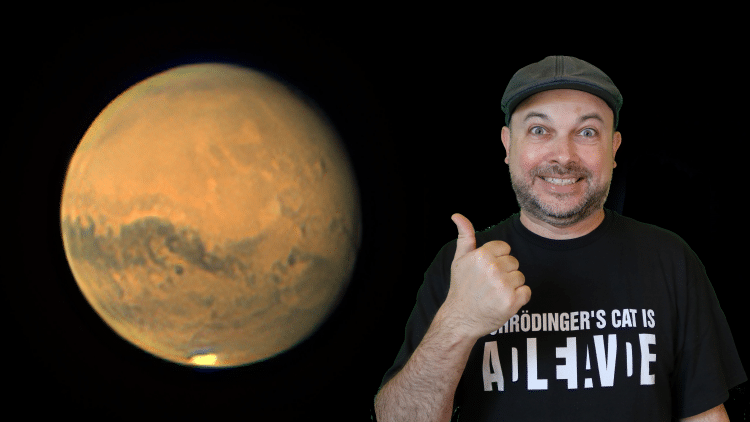
Learn Astrophotography with Frank!
Check out our online courses, and learn the secrets behind the images on this site! Select one to learn more.
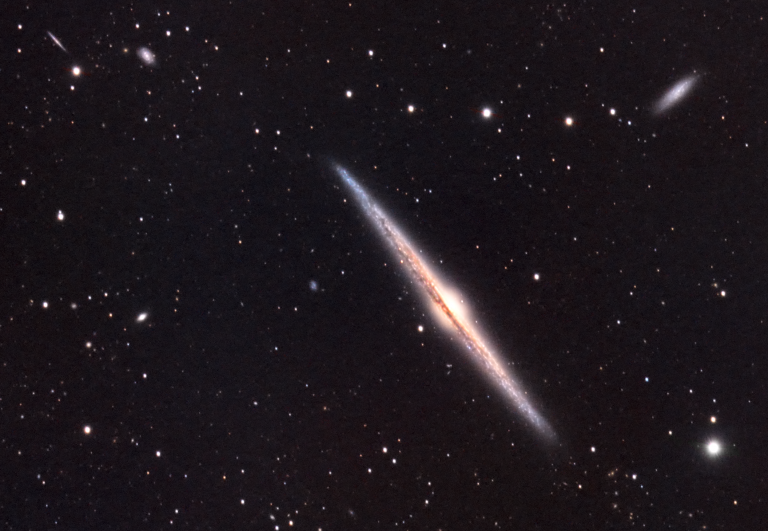
The Needle Galaxy
Somewhere between 30 and 50 million light-years away, within the constellation Coma Berenices, lies NGC4565 – commonly known as the “Needle Galaxy”. It’s a spiral galaxy, but viewed edge-on – so we see its central bulge and the edge of the galaxy’s disc extending from it. Clouds of dust within the galaxy obscure the middle…
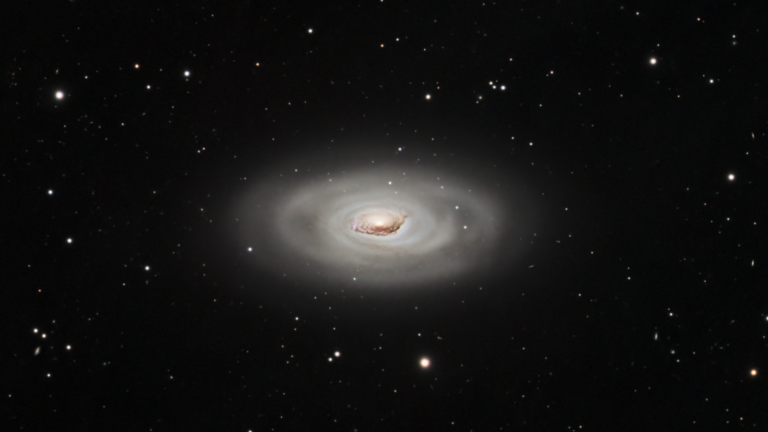
M64, The “Black Eye Galaxy”
Combining 25 hours of data shot over two years, here’s M64. It’s an odd one, with counter-rotating disks that seem to have funneled all that dust in the center there. They think it’s the result of a merger of two galaxies that were spinning in opposite directions. Located about 17 million light-years away, in the…

Live Star Party! The Veil Nebula supernova remnant
We’re back with our live viewing of the cosmos! Join us as we view the Veil Nebula via a camera attached to our telescope – it’s a supernova remnant from a massive star that exploded 8,000 years ago, and it’s gorgeous. We’ll also talk about tonight’s expected meteor storm as the Earth passes through a…

